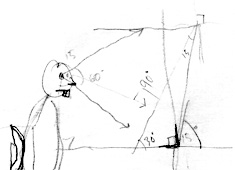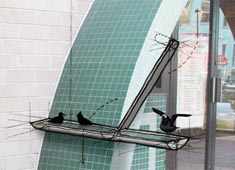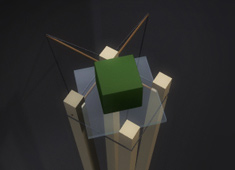 Newer Projects Newer Projects |
Older Projects  |
|
Uploaded: 1/24/2006 2:50:25 PM Categories: Furniture Physical Models Sketches |
 |
|
|
Uploaded: 8/24/2005 2:50:45 PM Categories: Furniture Pre-Visualization Sketches |
 |
|
|
Uploaded: 10/2/2002 12:32:00 PM Categories: Furniture Physical Models Technical |
 |
|
 Newer Projects Newer Projects |
Older Projects  |
 Chalasani House
Chalasani House